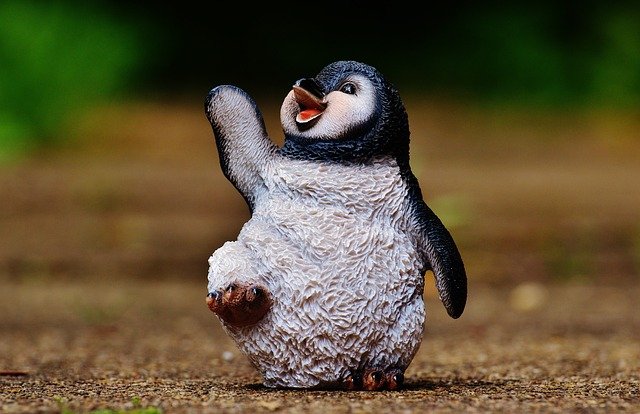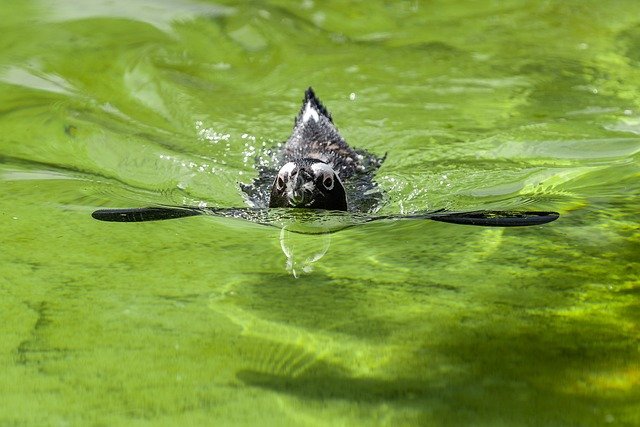
The Social Lives of Penguins: Understanding Their Complex Communities
Penguins are often seen as cute and comical creatures, waddling awkwardly on land and gliding gracefully through the water. However, their social structures and community dynamics are anything but simple. In this post, we will explore the intricate social lives of penguins and how these fascinating birds form complex communities.
The Importance of Social Structure
Penguins are highly social animals that thrive in colonies. These colonies can range from a few dozen birds to thousands, depending on the species and environmental conditions. The social structure within a colony is crucial for survival, as it provides various benefits, including:
Protection from Predators: Living in large groups helps penguins deter predators. The sheer number of individuals makes it more challenging for predators to target a single bird.
Cooperative Breeding: Many penguin species, such as the Emperor and Adélie penguins, exhibit cooperative breeding behaviors. This means that members of the colony may help care for the young, ensuring higher survival rates.
Resource Sharing: Penguins often work together to find food. For instance, they may engage in group foraging, which increases the chances of locating schools of fish or krill.
Communication and Social Interaction
Penguins have developed a sophisticated system of communication that plays a vital role in their social interactions. They use a combination of vocalizations, body language, and visual signals to convey messages to one another. Some key aspects of their communication include:
Vocal Calls: Each species of penguin has its unique vocalizations, which they use to identify themselves, attract mates, and communicate with their chicks. For example, Emperor penguin chicks can recognize their parents' calls among thousands of others.
Body Language: Penguins use various postures and movements to express emotions and intentions. For instance, a penguin may bow or flap its wings to display aggression or courtship behavior.
Visual Signals: In addition to vocalizations and body language, penguins utilize visual cues, such as their distinctive coloration and markings, to communicate with one another.
Social Bonds and Relationships
Penguins form strong social bonds within their colonies. These relationships can be seen in several ways:
Pair Bonds: Many penguin species are monogamous, forming long-term pair bonds during the breeding season. These partnerships are crucial for raising chicks and ensuring the continuation of their lineage.
Friendships: Penguins often engage in social grooming, which helps strengthen bonds between individuals. This behavior not only reinforces social ties but also plays a role in maintaining hygiene.
Hierarchy: Within colonies, there can be a social hierarchy based on factors such as age, size, and breeding status. Dominant individuals may have preferential access to resources and mates.
Conclusion
The social lives of penguins are rich and complex, reflecting the importance of community in their survival. From cooperative breeding to intricate communication systems, these remarkable birds demonstrate that there is much more to them than meets the eye. As we continue to study and understand their social dynamics, we gain valuable insights into the behavior and ecology of these beloved creatures.
Next time you see a group of penguins, remember that behind their charming exterior lies a world of social interaction and community that is essential to their survival.

Upvoted! Thank you for supporting witness @jswit.
Downvoting a post can decrease pending rewards and make it less visible. Common reasons:
Submit
Downvoting a post can decrease pending rewards and make it less visible. Common reasons:
Submit